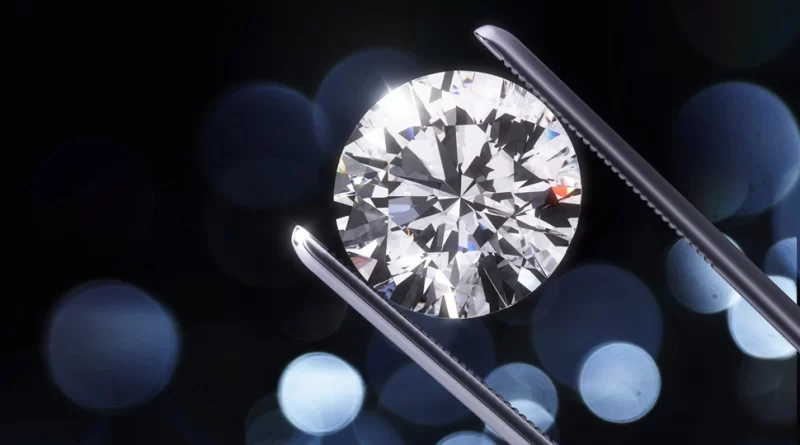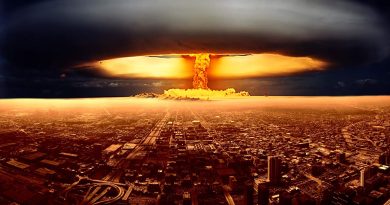Here’s how you can use a microwave to make perfect diamonds
Right now, there is a good chance that one out of every four diamonds for sale in the world is a “blood diamond.” This means that it was mined in a war zone and sold to pay for armed conflict and civil war. And for people who want to avoid buying such a thing, it’s getting harder and harder to tell the difference between a clean diamond and a dirty diamond.
Because of this, the market for lab-made diamonds is slowly but surely growing. They are cheaper, better for the environment, and more morally sound than natural diamonds, but they look just as pretty.
“Does it matter to a modern young consumer if a diamond comes from above or below the ground?” Chaim Even-Zohar of Tacy, a diamond consulting company based in Israel, tells Bloomberg Businessweek.
And no, these fake diamonds aren’t like cheap lab-grown diamonds like cubic zirconia. They have the same physical structure and chemical makeup as a diamond that has been dug up from the ground.
The process works by putting a small piece of diamond, called a “carbon seed,” and different amounts of a carbon-heavy gas, such as methane, into a microwave.
The microwave heats the gas mixture to very high temperatures, making a plasma ball. Inside the plasma ball, the gas breaks down and the carbon atoms crystallize and gather on the diamond seed, which makes it grow.
It can take up to 10 weeks to make a diamond that can be sold, but the process works so well that experts reportedly need a machine to tell the difference between lab-grown gems and those that come from mines or riverbeds.
So far, lab-grown diamonds only make up a small part of the US$80 billion global diamond market. In 2014, about 360,000 carats of lab-grown diamonds were made, while about 146 million carats of natural diamonds were mined, according to Bloomberg.
But if the results of a recent survey are any indication, this will change quickly. Less than half of North American consumers between the ages of 18 and 35 said they would prefer a natural diamond.
By 2026, the number of lab-made diamonds is expected to skyrocket to 20 million carats. Wal-Mart and Helzberg Diamonds, which is owned by Warren Buffett, have already started to sell these diamonds.
Not that the mining companies will give up that piece of the market easily. Bloomberg says that they won a big battle against the labs in July when the International Organization for Standardization said that their gems had to be labeled as “synthetic,” “lab-grown,” or “lab-created,” but never “real.”
The companies that make natural diamonds hope that their customers will still like the “romance” of a stone that came from nature. They will also try to sell the unique history of each one over the “cookie-cutter” feel of lab-grown diamonds.
But with prices that are as low as half that of natural diamonds – Bloomberg says that a 1-carat synthetic diamond can cost about $6,000 in a New York jewelry store, while a similar-sized natural diamond costs $10,000 – and no ethical questions, the demand will be there in some way in the future.
Vishal Mehta, CEO of IIA Technologies in Singapore, which is said to make the most synthetic diamonds in the world, told Bloomberg, “We are making a new industry.”
People today are very interested in diamonds that are good for the environment and don’t cause wars. This has caused a lot of trouble.



